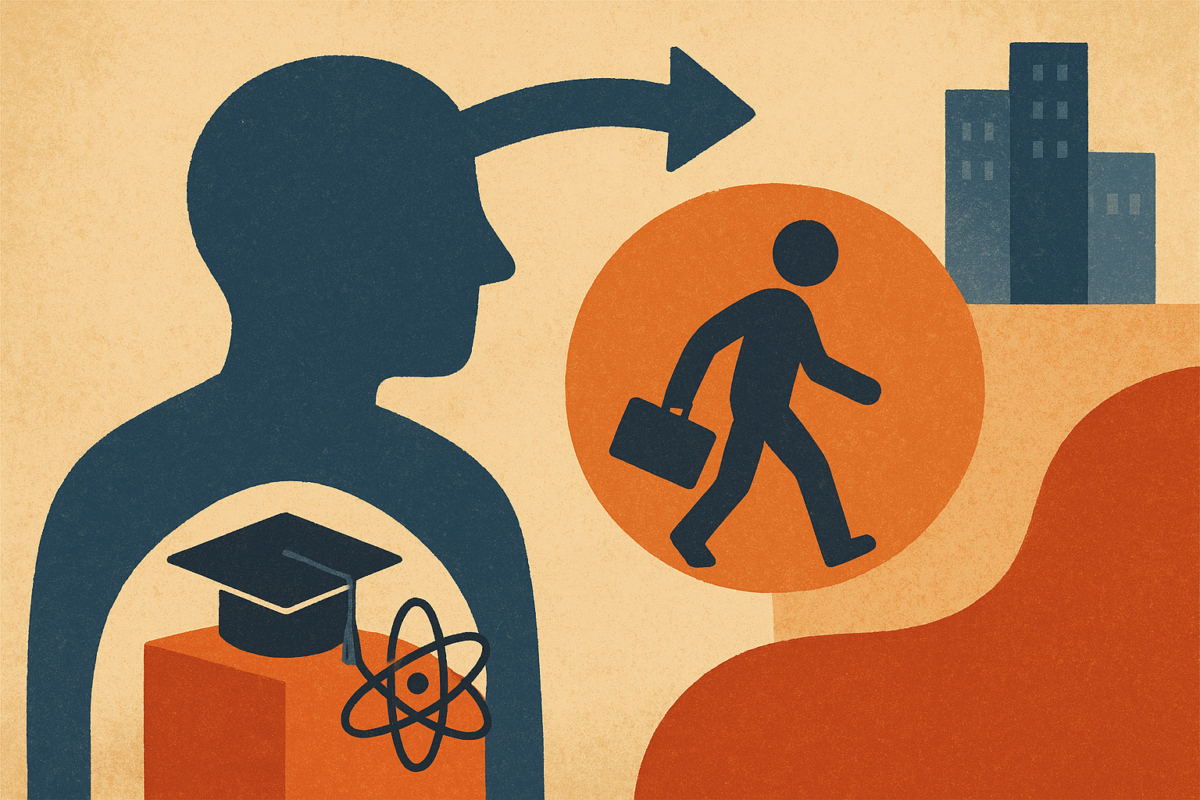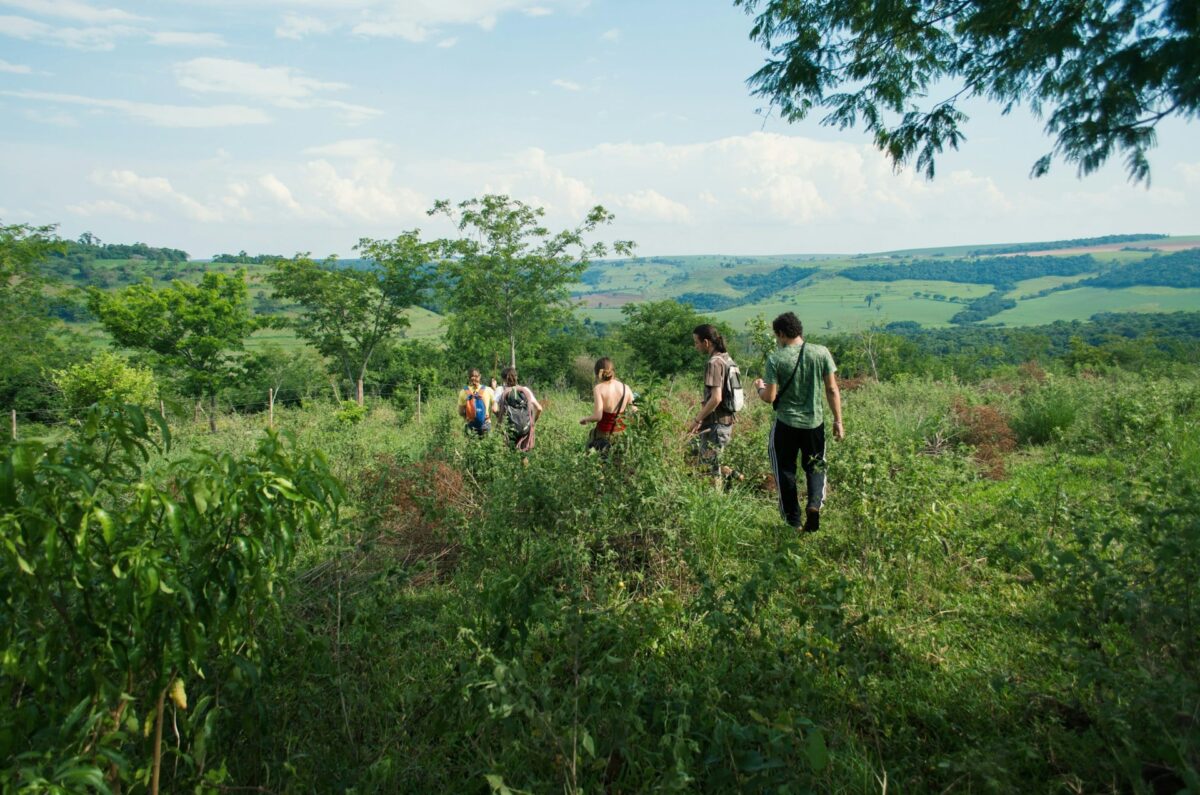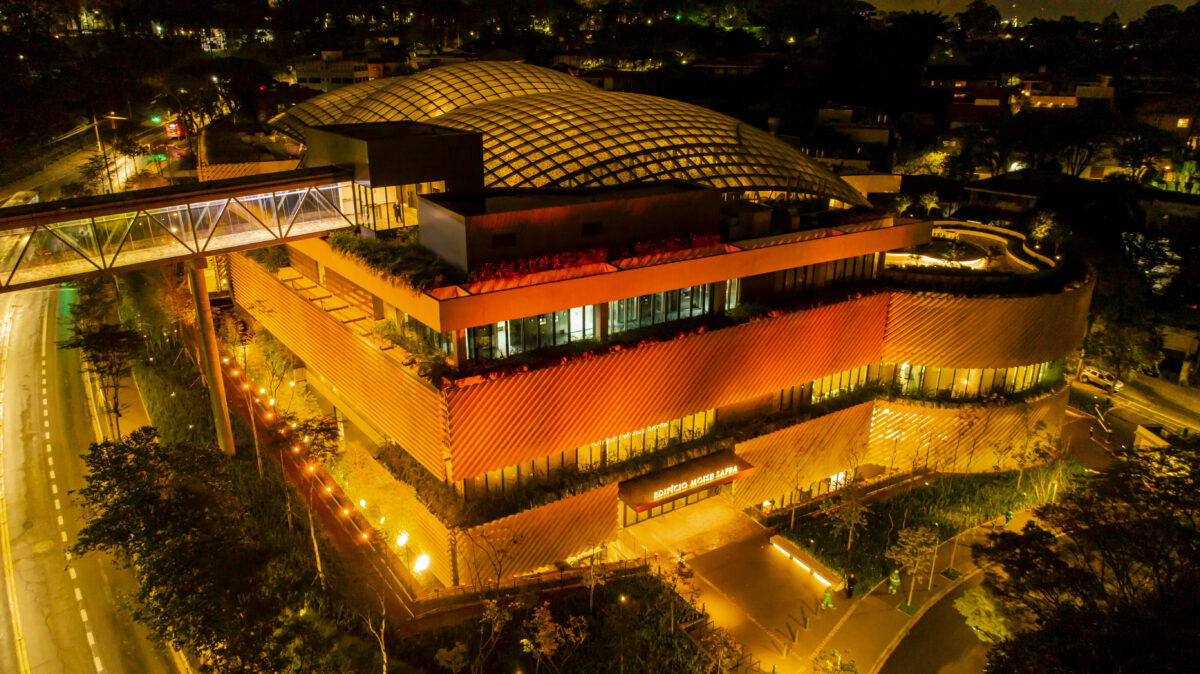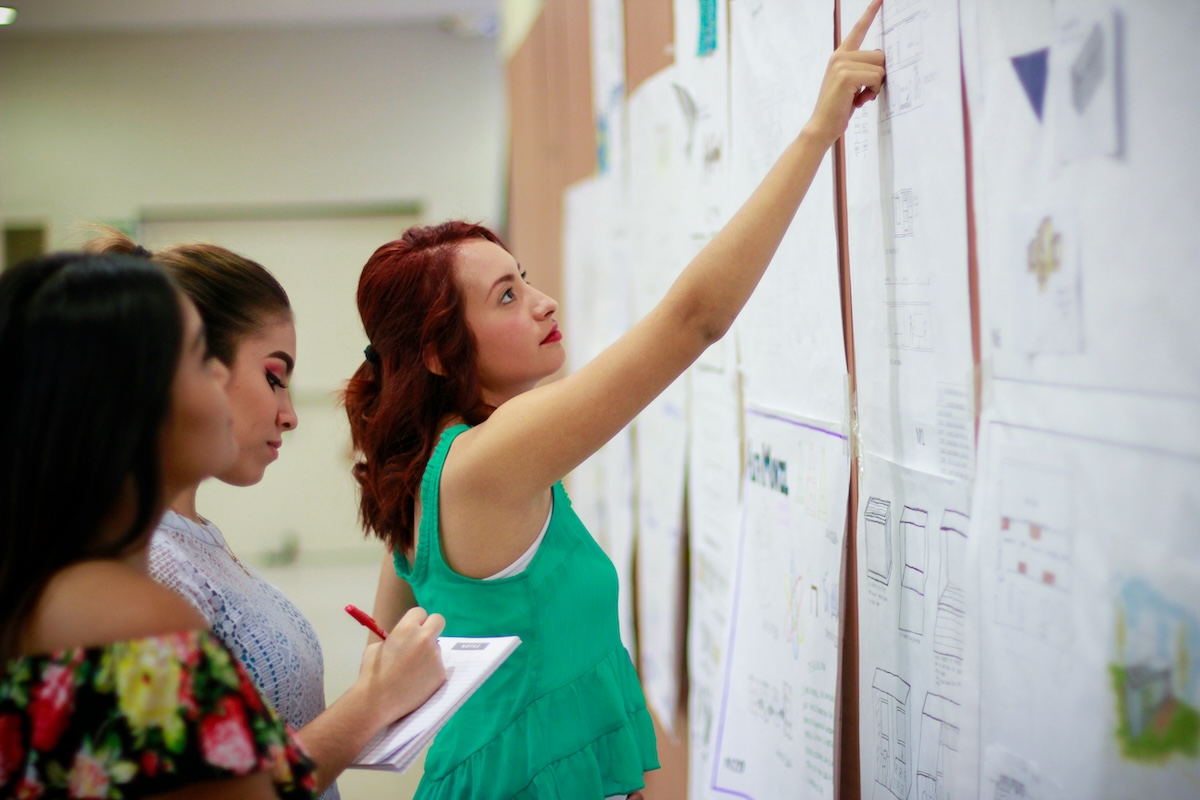 #Careers
#Careers
“Scientists need to speak social network language”
Settled in the USA, a Brazilian biomedical engineer turns his research routine into content for thousands of followers on social networks
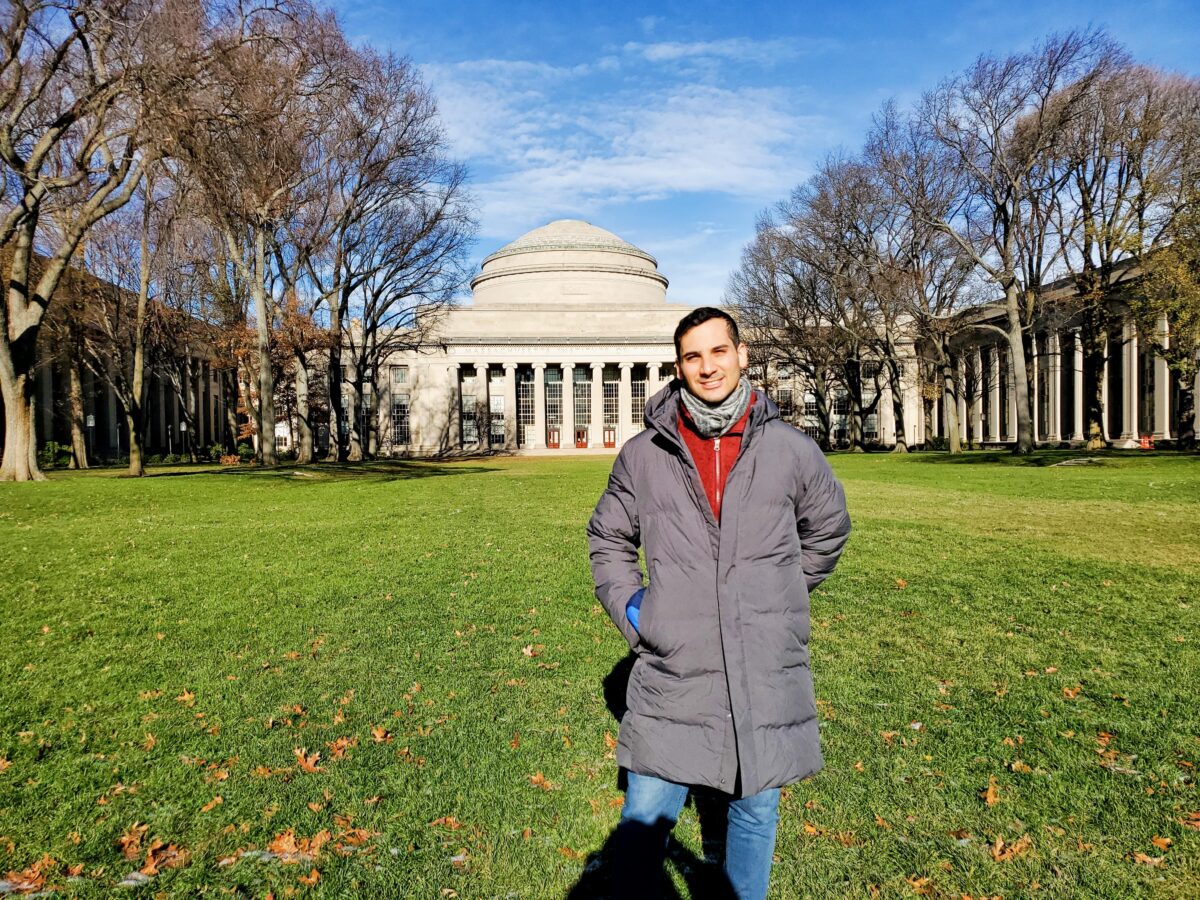 Biomedical engineer Daniel Dahis transforms his academic routine into accessible content for followers on social networks | Image: Personal Archive
Biomedical engineer Daniel Dahis transforms his academic routine into accessible content for followers on social networks | Image: Personal Archive
“I didn’t understand a word he said, but I thought it was incredible,” said presenter Luciano Huck, a big name in Brazilian TV, during the 2024 edition of the Brazil Conference, held annually in Boston, MA.
The event is organized by the Brazilian community of students at Harvard and the Massachusetts Institute of Technology (MIT) to debate the past, present, and future of Brazil.
Last year the conference celebrated 10 years, and Huck was invited to recount the stories of Brazilians he’d met in the US.
The researcher that impressed the presenter, and was cited during his talk in the Harvard auditorium, is Dr. Daniel Dahis.
“I came across Luciano Huck walking around the Harvard business school, filming a piece for his TV program, and executives from a pharmaceutical corporation that were accompanying me suggested he visit my laboratory,” recalls Dahis.
“He took out his cell phone, made a video with me for his stories, and posted it for 21 million people.”
Until then, Dahis didn’t have an open profile on Instagram—his posts were the same as any other normal user of the platform: travel, images of his birth city Rio de Janeiro, birthdays, friends, family, and his girlfriend (now his wife).
However, after the visibility generated by the video on Luciano Huck’s profile, Dahis rolled the dice and started to post short videos on the life and routine of a Brazilian researcher overseas.
Science with a Carioca accent
Speaking in his characteristic Carioca (Rio) accent, the 33-year-old biomedical engineer began by showcasing the laboratory where he works. He went on to talk about general interest themes such as health, science, and scientific research with the potential of improving life for the population.
In little more than a year he has garnered hundreds of thousands of followers—by June 2025, some 214,000 were following his profile.
His way of talking about science and health on social media attracted so many people that in February he joined forces with two other content creators (Brazilians Mari Krüger and Yago Stephano) to offer online training in science communication.
More than 200 people signed up for the three-hour workshop.
As well as talking about science for a large audience on Instagram, the biomedical engineer is lead scientist at the startup Biodevek, formerly an incubated company in the Harvard ecosystem, which develops solutions to prevent internal bleeding.
“We are working with a biomaterial to treat internal injuries,” the researcher enthuses in the same way as he described to Huck and entrepreneurs last year.
In other words: “It’s like a sticking plaster to prevent internal bleeding.”
When the research process is concluded, the invention may help patients with ulcers, for example, or other conditions that can generate internal complications, and will also be used for minimally invasive procedures performed by colonoscopy or endoscopy, for example for the removal of a polyp or tumor, which can create the risk of internal bleeding.
Medicine without the white jacket
For a little more than three years, Dahis has been part of the Biodevek team, but his interest in the healthcare area was aroused way before. “Graduated” in medicine by watching the series House and Grey’s Anatomy, the teenage Daniel Dahis aspired to be a doctor like the characters he saw on TV.
When it came to decision time, however, he realized that he wanted to study medicine but not be a practicing physician. He saw his vocation as less in providing direct care to patients with a presence in the consulting room, and more backstage in health research.
It was a cousin of his that advised him to pursue the engineering area, and Dahis came into contact with the world of medical engineering at the Federal University of Rio de Janeiro (UFRJ).
He studied imaging technology for the detection of breast cancer and, during his master’s in biomedical engineering at the Israel Institute of Technology (Technion), researched ultrasound methods for measuring brain temperature.
At that time aged 24, it was a crucial period for Dahis to develop his communication skills. “It was a lot of changes at the same time that prepared me on a cultural level,” says the researcher.
“I learned to master another language, I had Hebrew classes, so now I speak four languages,” he goes on.
In all these—Portuguese, English, Spanish, and Hebrew—he had to learn to talk about his work, whether with professors, colleagues, or to a large audience. “I like to uncomplicate things,” he adds.
A member of the Jewish community, Dahis says that his origins and participation in the Jewish youth movement during his life have influenced his career. “I always liked to take part, and being in a community requires you to interact with other people and be communicative; to care about others,” he reflects.
“A very present element of the Jewish culture is debate; it’s in our literature, our philosophy, so I think that my curiosity, my wanting to know, seeking answers, comes from that.”
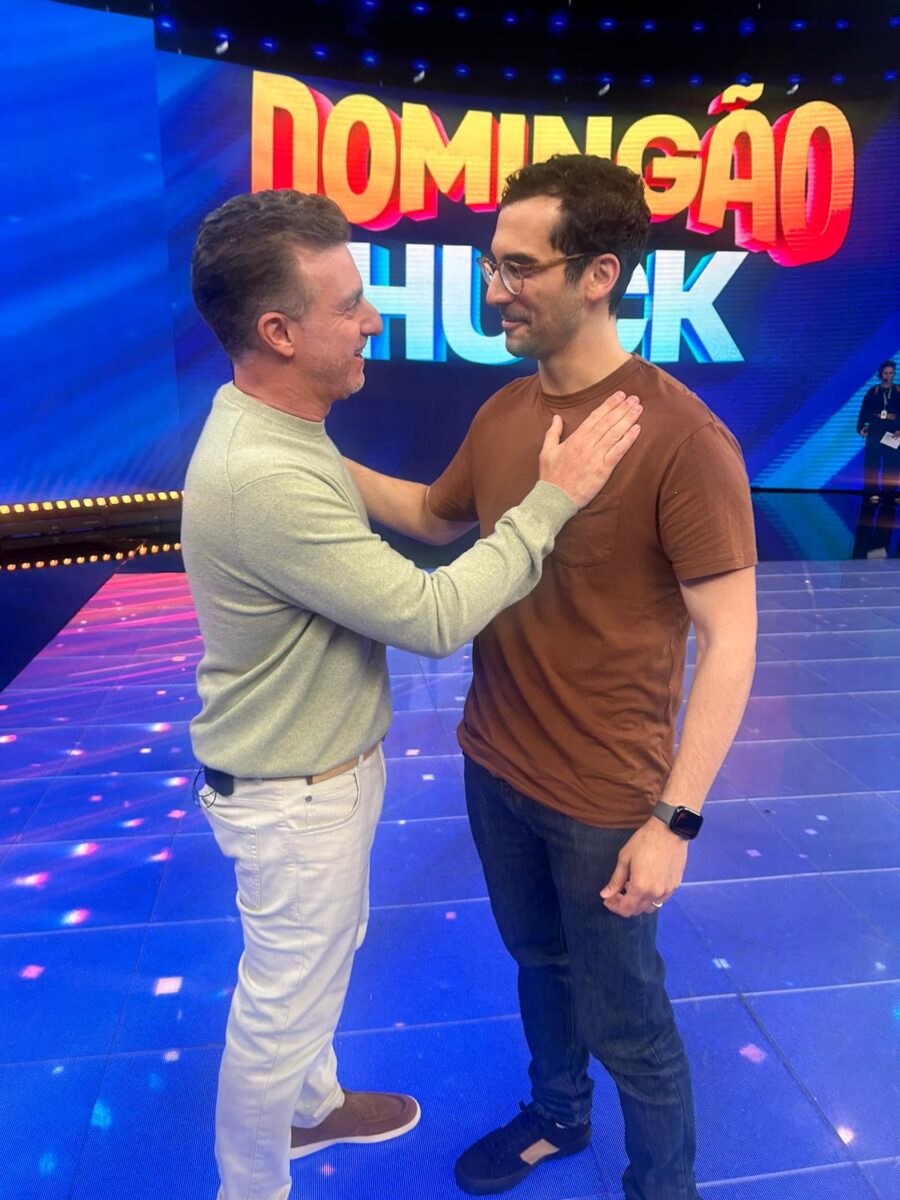
From a master’s in Israel to a PhD at Harvard
Dahis left Israel for the US in 2020. His master’s at Technion was coming to an end when he watched a talk by a Harvard professor about cancer. “I put my phone down and started to pay attention; by the end of the talk I was asking if I could do my doctorate with her,” Dahis recalls.
Between 2019 and 2022 he researched imaging methods for the treatment and monitoring of tumors, most specifically the glioblastoma, a type of brain tumor. “It’s the most common and most aggressive in adults, and the prognosis is very bad,” says Dahis.
“Patients normally succumb within 20 months, even with more radical treatments,” he adds. “Immunotherapy doesn’t work yet, and 98% of medications don’t cross the blood-brain barrier, which protects the tumor from medications in the bloodstream—it’s a very difficult illness,” he says. The idea of his project was to use the (noninvasive) ultrasound method and nanotechnology to temporarily open this barrier around the tumor for localized treatment.
“Cancer was the reason it all started; I lost an uncle to lung cancer, my father had colorectal cancer, and there are estimates that one in every two men will have cancer at some stage in their lives. For women, the figure is one in three,” says Dahis.
“But it’s no longer a diagnosis with a death sentence as it used to be; it’s a serious illness, but with some treatment possibilities,” he confirms.
Cancer is also a recurring theme in his Instagram videos. “It’s a subject that has always scared and fascinated me at the same time.”
“A scientist needs to know how to speak the language of social networks and not generate panic.”
“My followers range from people with postdoctorates to teenagers, academics, and people interested in science and health, so I feel a certain responsibility for communicating science.”
As well as his Instagram activity, Dahis is currently writing a children’s book on cancer.
“I dealt with that situation in our family when I was 18, and my siblings were much younger,” Dahis recalls. “So I think communication is essential for any child to deal with that. Cancer is no longer the death sentence it used to be—and that’s good news. Removing stigmas and setting realistic perspectives on treatment can make a difference to a child’s life. We can’t avoid death, but we can learn to deal better with it.”
*
This article may be republished online under the CC-BY-NC-ND Creative Commons license.
The text must not be edited and the author(s) and source (Science Arena) must be credited.
